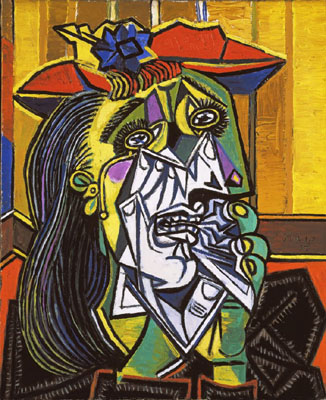The Royal Scottish Academy’s summer exhibition, “The Discovery of Spain”, is an episodic history of an uneasy relationship. The show tells the story of how British artists and British collectors have explored the culture, the landscape and the artistic traditions of Spain during the last two centuries. The approach is necessarily partial, with the emphasis falling on particular moments of contact and exchange. The exhibition is bracketed by two great conflicts. It begins with the Peninsular War and ends, more than a hundred and twenty years later, with the Spanish Civil War.
In the opening gallery, Goya comes face to face with the Duke of Wellington. The date is 1812 and Wellington has just fought the Battle of Saragossa to liberate Spain from Napoleon’s occupying army. In a quiet, darkened room Goya is painting his portrait. The painter hardly bothers with the trappings of rank, dulling the soldier’s scarlet uniform to a deep blood-red and rendering the medals on his chest as unfocussed dabs of glitter. The face is all. Goya sees Wellington as a wan and hollow-cheeked ghost with a lost and lonely look in his eyes. Wellington was no doubt exhausted by his Spanish campaigns, but Goya surely projected some of his own vast disillusionment into the eyes of his sitter.
Nearby hang some prints from The Disasters of War, Goya’s darkest musings. Created just a few years earlier, these small images of appalling atrocity were inspired by the harsh realities of the Peninsular War in its first and bloodiest phase. They show the amputated limbs of victims nailed to a tree as a warning to others; the bolt-upright body of a garrotted man, preserved in his death throes; a corpse being sliced into pieces by soldiers, like the carcass of an animal in a butcher’s...


